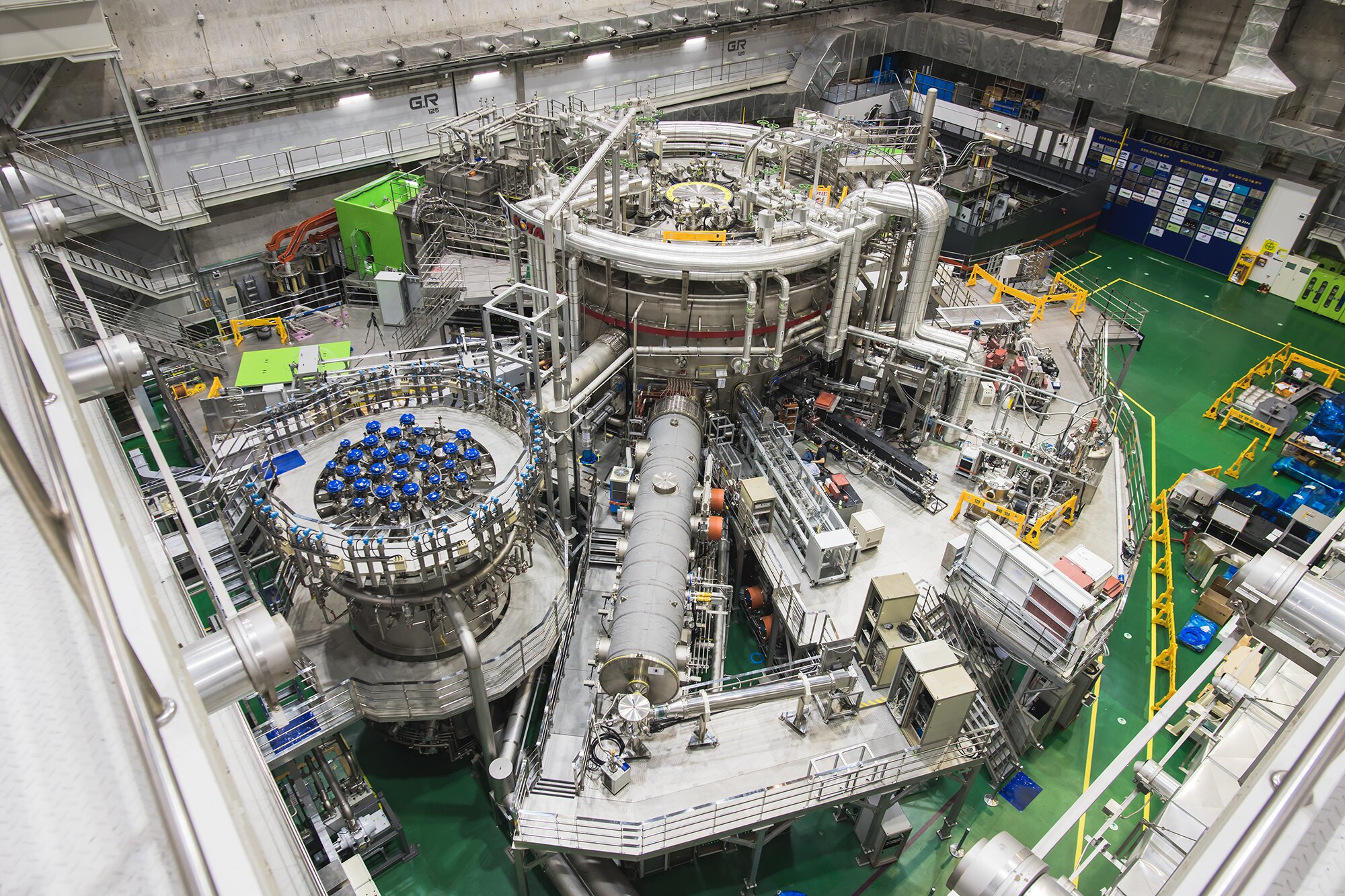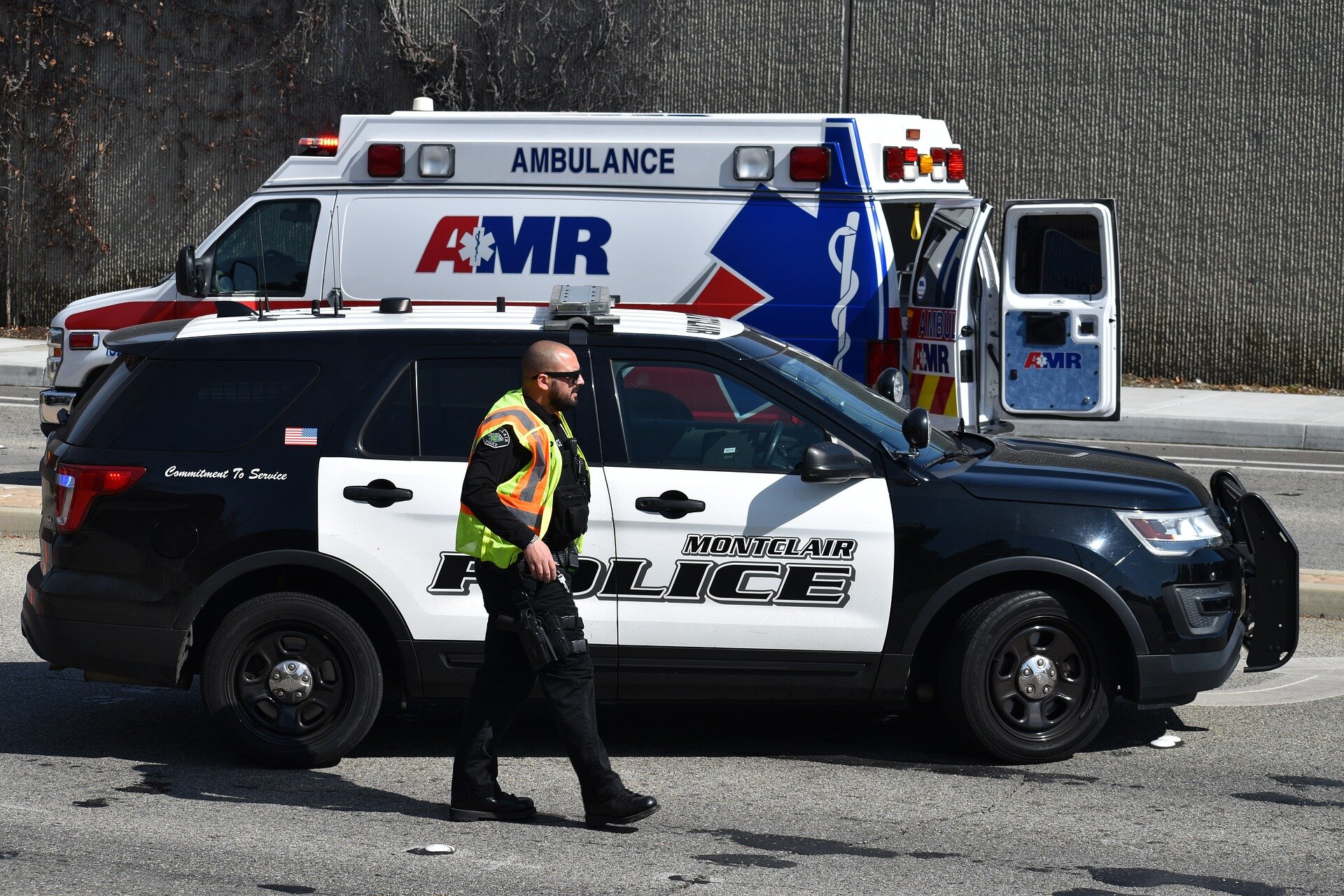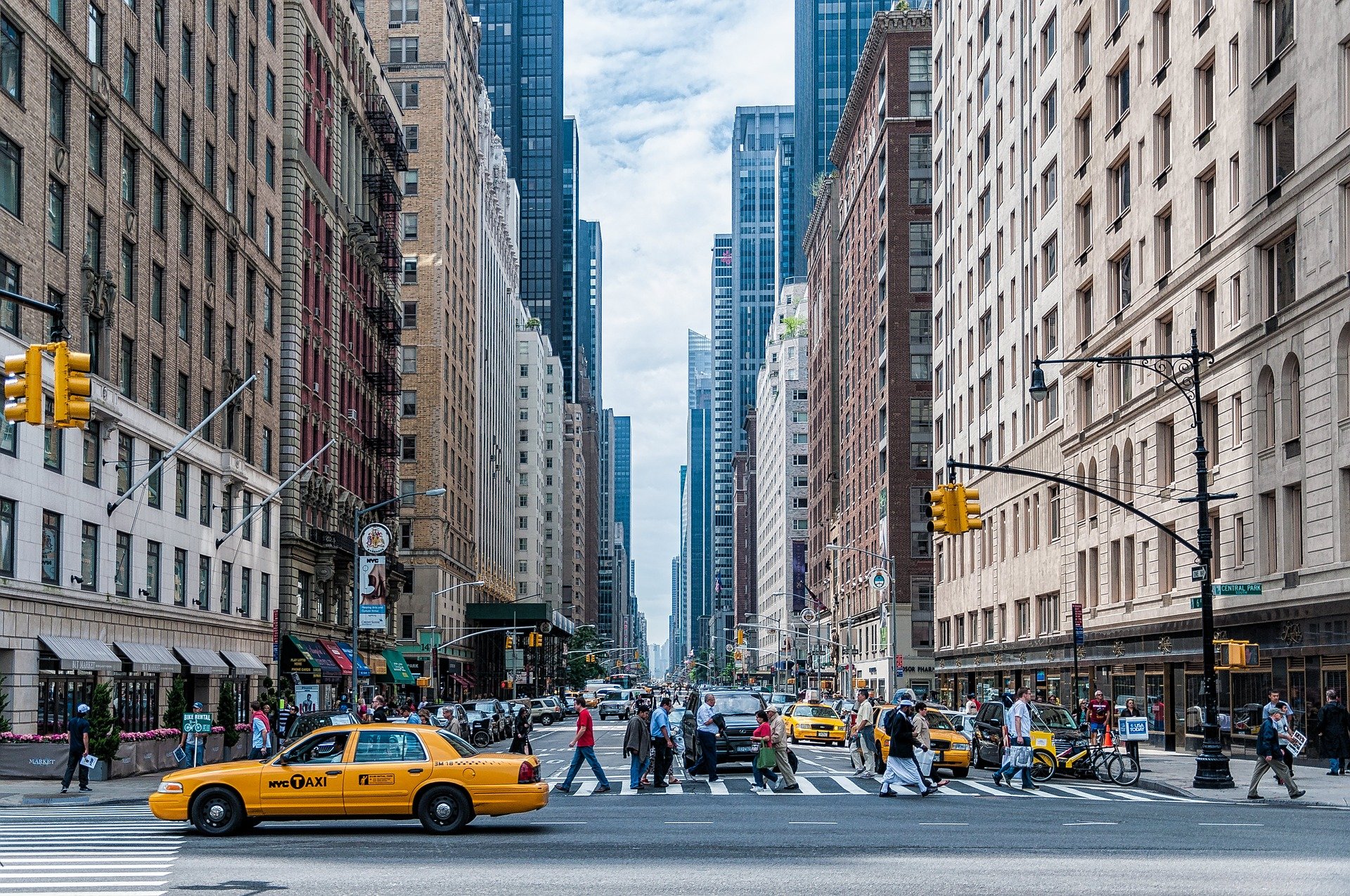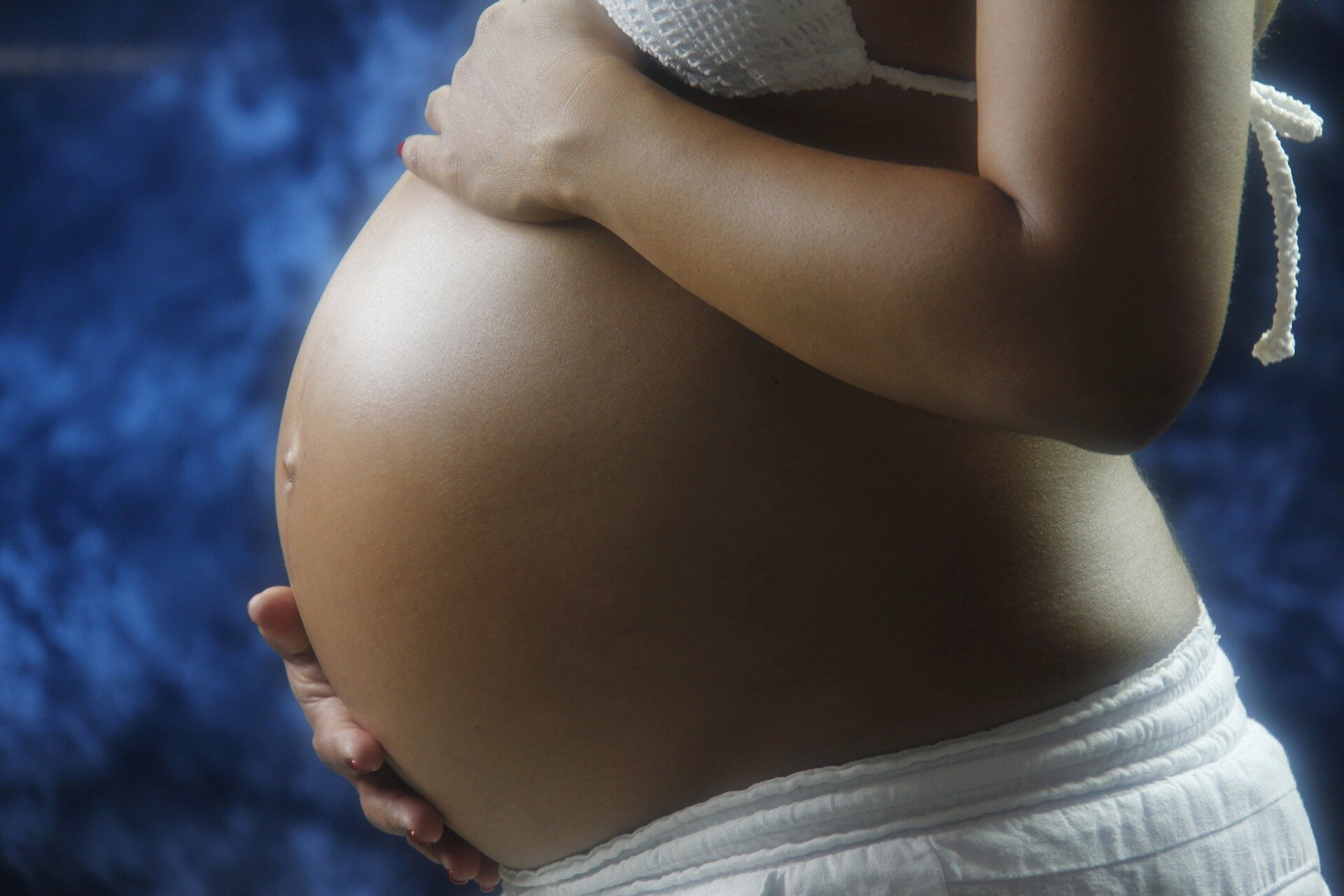#The power of mRNA, the threat of mutations and the difficulty of the last mile

“#The power of mRNA, the threat of mutations and the difficulty of the last mile”
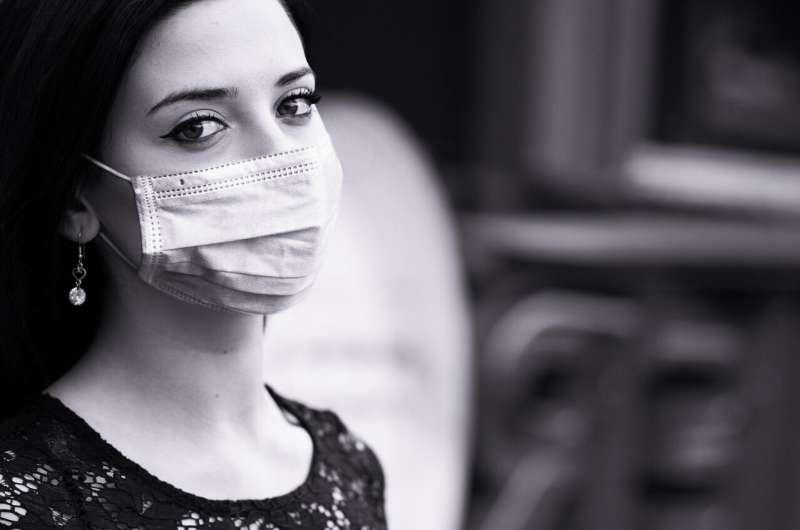
When COVID-19 was declared a pandemic on March 11, 2020, even some of the most informed people knew little about coronaviruses—and far less about SARS-CoV-2, the new coronavirus that was upending the world as we knew it.
But a prolonged global threat to commerce, lifestyles and millions of human lives has a way of focusing minds. Just six months into the pandemic, there was much we all learned, as scientists across the world turned their focus to the disease and shared their discoveries. People started tossing around terms such as airborne particles, social distancing and superspreaders.
That was just the beginning. Since then, we’ve learned a great deal more. Some of that new knowledge inspires hope, even as other emerging facts continued to fuel apprehension amid growing pandemic fatigue.
Many public health experts believe the light at the end of the tunnel is real, if the world remains vigilant about taking precautions, tracking cases and getting vaccines into arms. But even those optimists concede they are worried about the virus’s evolution and the possibility it will “learn” to evade the immune responses already triggered by infection or inoculation.
Here’s a summary of some of the knowledge we’ve gained, and what we still hope to learn.
Fauci was right about vaccines
Last May, just two months into the pandemic, Dr. Anthony Fauci—considered the nation’s leading infectious disease expert—said it was possible we could have a safe and effective vaccine by the end of 2020.
Other experts expressed skepticism, given the difficulties encountered when trying to develop vaccines for other viruses and the novel genetic technologies being used to develop COVID-19 vaccines.
But vaccine makers defied the skeptics, not once but twice. Before the year was out, vaccines from Pfizer and Moderna had been granted emergency use authorization by the U.S. Food and Drug Administration. Testing had showed each to be more than 90% effective—far better than earlier expectations—with side effects no worse than many other successful vaccines.
“I thought they weren’t going to work,” said Dr. Emily Landon, executive medical director of infection prevention and control at University of Chicago Medicine. “I didn’t think they were going to be unsafe. I just thought they weren’t going to work. And now, when they did, I was thrilled. They obviously work.”
Dozens of other vaccines now are being tested, with a Johnson & Johnson version given emergency use approval in late February.
Decades of research paid off
It typically takes years to develop a new vaccine. Traditional vaccines are based on a weakened version of the virus that triggers an immune response without causing illness. Making them is time-consuming because scientists must learn how to grow the virus and render it harmless without destabilizing it.
Only then can the virus-based vaccine be tested on animals and then in human trials.
But scientists have long been working to develop new kinds of vaccines that skip the first part of the process by using genetic technology to create an immune response.
Decades of research had already given scientists the ability to map the genome—the genetic coding—of a virus. So after the novel coronavirus emerged in China late in 2019, researchers there were able to swiftly decipher the genetic blueprint for SARS-CoV-2. Scientists then quickly identified the best target for a vaccine: a spike protein that pierces cells to allow the virus to start multiplying in the body.
“It’s the difference between making macaroni and cheese from a blue box that you pick up at the grocery store, where someone’s already refined all of the ingredients and made it easy for you, versus starting with a cow and a sheaf of wheat,” Landon said.
To make the new vaccines, scientists at Pfizer and Moderna set about using a genetic tool called messenger RNA, or mRNA, to induce the body to produce the spike protein—without the rest of the virus cell that actually makes people sick. The mRNA is wrapped in a lipid nanoparticle that protects it from breaking down.
The immune system responds to the protein by forming what are known as neutralizing antibodies. So if a person later is exposed to the coronavirus, these antibodies will bind to the structure of the spike and block the virus from entering cells.
The Johnson & Johnson vaccine also targets the spike protein. But it is based on slightly different genetic technology developed in recent decades, combined with even longer experimentation with adenoviruses, which can cause common colds, as a vaccine delivery mechanism.
Specially designed DNA is placed in an adenovirus that has been stripped of its ability to replicate. The adenovirus delivers DNA to a cell’s nucleus, where the DNA in turn releases mRNA that makes the spike protein.
That’s how the Johnson & Johnson vaccine works, as well as vaccines developed in Great Britain and Russia. Trials showed these options to also be effective, although the percentages were lower than those seen in the earlier trials conducted on the Pfizer and Moderna vaccines.
But infectious disease experts, including Fauci, warn against comparing these results, because the testing protocols differed in each case and the DNA vaccines went to trials after faster-spreading forms of the virus had emerged. The Pfizer, Moderna and Johnson & Johnson vaccines all are highly effective at preventing severe disease and hospitalizations, experts say.
China, meanwhile, went the old-school route, somehow producing a deactivated virus vaccine in less than a year. Although Chinese vaccines are being widely distributed throughout the world, questions remain about their efficacy.
Mutated viruses are a threat
The propensity of viruses to change has long vexed epidemiologists and scientists. As viruses reproduce, errors pop up in their genetic code. Most of the altered viruses are harmless, if they even survive, but sometimes they pose new problems.
The virus that causes AIDS mutates so fast that attempts at making vaccines for the disease have failed to date. The flu vaccine mutates more slowly, but still fast enough that scientists must develop new vaccines every year.
Coronaviruses mutate “slower than the flu but faster than other viruses like measles,” Dr. Hana Akselrod of the George Washington University School of Medicine and Health Sciences said during a recent forum hosted by SciLine. But the more people SARS-CoV-2 infects, the more chances it has to mutate.
When mutations to the virus change the shape of the spike protein that is the target of vaccines, it’s harder for the neutralizing antibodies to block the spike from entering cells. The virus also can change in ways that makes it spread faster and possibly make it more deadly.
Unfortunately, all those things appear to be happening with SARS-CoV-2, which has found plenty of human hosts and had ample opportunity to mutate.
Mutations that spread faster and may be more deadly have arisen and thrived in the United Kingdom, Brazil and South Africa. And in late February, other variants were identified in California and New York City that caused further concern among epidemiologists.
So far, the major vaccines appear to be able to prevent severe disease even when someone is infected with a variant, but scientists fear the virus could “learn” to completely evade the immune response developed through vaccinations or prior infection. That means the world is in a race to vaccinate as many people as possible before that point is reached.
“What we need to be doing is distributing these vaccines as quickly as possible to the arms of people so that we can decrease the ability for the virus to mutate,” said Dr. Rahul Khare, CEO of the Innovative Express Care immediate and urgent care facility in Chicago and the west suburbs.
Akselrod, an assistant professor of medicine, said the recent drop in cases provides “a window of opportunity” to step up vaccinations.
“We are going to need to keep paying close attention to personal protection, to ventilation, to effective masking, to reducing public gatherings and doing all the public safety measures we have been doing until we can bring transmission down to manageable levels at which public health officials and local authorities will be able to keep track, test, trace and isolate people who are contagious and support them through it, despite new variants arising,” Akselrod said.
Meanwhile, scientists are trying to develop new vaccines that would trigger broader immunity by attacking the variants more directly and blocking other parts of the virus than just the spike protein. Akselrod said the “holy grail” is “a pan-variant vaccine.”
Bar higher for herd immunity
Because new variants are likely to make it easier for the disease to infect people, scientists have upped the percentage of the population that needs to be vaccinated to reach what’s known as herd immunity—the point at which the virus would have little ability to spread.
Early on in the pandemic, some public health experts, including Fauci, said that number was between 60% and 70%. Now Fauci and others are saying it could be as high as 85%.
That goal could be difficult to achieve, given that recent polls found about a third of U.S. residents are saying they won’t or probably won’t take the vaccine.
Doctors hope they can convince more people over the coming months that the vaccine is safe and effective.
“People I’ve spoken to, … their hesitancy was they just wanted to learn more about the safety,” said Dr. Elizabeth McNally, director of the Center for Genetic Medicine at Northwestern University’s Feinberg School of Medicine. “I think we’re getting that data, day by day, week by week, (and) we’re able to say it’s very safe and it’s very well tolerated.”
She added: “So I think it’s going to be really important to just keep asking people again, ‘Do you feel better about it now? Do you want to get it now?’ ”
Akselrod holds out hope that we’ll beat COVID-19.
“In the long run, I believe the combination of our immune system memory and our response as a learning species and our behavior changes will help us bring the pandemic under control and make this virus something we can live with,” she said.
Living with it likely will involve booster shots at some point down the road. How long the immunity provided by vaccines lasts remains to be seen.
“I think it’s a question we should be watching and studying very closely,” said McNally, who is studying the issue.
Vaccine delivery falters in ‘last mile’
Developing vaccines is a complex endeavor, but so is getting them to the people who need them.
Under the Operation Warp Speed program launched under former President Donald Trump, the federal government funded more than $12 billion in contracts to develop, produce and deliver vaccines.
For the most part, the effort produced the desired results: multiple vaccines, hundreds of millions of doses and delivery to states and large cities. But the Trump administration left what’s known as “the last mile” in logistics mostly up to the states, with little oversight.
The last mile is the term for getting products from distribution points to their end destinations—in this case, health care personnel that can put shots in the arms of people. Because that’s under the control of states, with the exception of doses delivered directly to pharmacies, the results are as varied as the states and cities themselves.
Dr. Barry Bloom, a research professor of public health and former dean of Harvard T.H. Chan School of Public Health, described last-mile logistics in a recent Harvard forum as “total chaos of 50 state health systems in an uncoordinated, unresponsive, un-reporting system to the federal government.”
Less critical is Hani Mahmassani, an engineering professor and transportation specialist at Northwestern University who is studying vaccine logistics under a grant from the National Science Foundation.
Mahmassani said delivery of the vaccines to the states under Warp Speed has been “phenomenal” and it made some sense to give states control over the last mile, as they are more familiar with local logistics and health care systems.
“What we’re seeing is that some of the smaller states have done a better job, and larger states by and large, and the large cities in particular, have really, really lacked,” Mahmassani said. Illinois, which got off to a slow start, is now doing better but is still having some issues and is only doing a “middling” job, he said.
Mahmassani suggested better vaccination booking procedures, more distribution points and quicker drawdown of reserve doses stored at central locations could help. And the federal government could require states to have better distribution plans, he added. “The execution leaves a lot to be desired,” he said.
Health inequities are glaring
The pandemic has brought a long-festering problem—inequities in health care—to the forefront.
Take the racially diverse state of Illinois as an example. Latino and Black people have contracted the disease at higher rates than white people. Death rates also have been particularly high in the African American community.
And, when it comes to receiving vaccinations, the disparities continue. The percentage of vaccines going to white people exceeds their share of the population, while the percentage going to Latinos and Blacks lags.
Doctors say the obvious disparities related to COVID-19 have been evident in other ways for decades, whether it’s cardiovascular problems, diabetes or life expectancies.
“We’ve known about these health inequities,” McNally said. “I think we’ve had our heads in the sand about how much it costs us, and I don’t mean just in terms of money, but in terms of years of work lost and just what people can do and be functional as Americans.”
Some doctors see a potential silver lining, given the increased attention being paid to stark disparities during the pandemic. That awareness, they hope, will lead to better efforts to fix the problem.
Although the issue is complex and would require new initiatives on many fronts to fix, Landon believes a so-called public option in health insurance—allowing the government to compete with private insurers to drive down prices and expand coverage—would be a start.
We still need better testing
Testing has become far more available across the United States than it was during the early months of the pandemic, catching up to or surpassing other countries on a per capita basis.
But the rate of testing is declining at a time when epidemiologists say it’s crucial to reduce spread of variants. And some scientists say we’re going about it wrong, given the slow speed of the most commonly used tests and the fact that people with COVID-19 are most likely to transmit the disease to others in the first five days after contracting the disease.
Most of the current tests, processed through what’s known as polymerase chain reaction, or PCR, technology, can take two or more days to return results. That means by the time someone gets a positive result, going into isolation won’t do much to stop the spread.
“If it’s not frequent, and it takes a few days to return, the effectiveness to prevent transmission plummets,” Dr. Michael Mina, an assistant professor of epidemiology at the Harvard T.H. Chan School of Public Health, said during a recent forum. “My expectation is we probably have somewhere around a 5% sensitivity to actually detect people in time to help stop their onward transmission.”
Mina is promoting a different type of test, an antigen test that can be self-administered at home and produce results in about 15 minutes at far less cost. Although some scientists have questioned the test’s ability to catch all COVID-19 infections, Mina believes they do quite well at detecting COVID-19 when a person is still contagious.
And he’s heartened by the new Biden administration’s initial gambit on producing those antigen tests, with tens of millions to be deployed by summer. But he’s advocating for even more, saying such testing will be key to halting the spread of new virus mutations that appear to be more easily transmitted.
Double masking could help
After initially saying it wasn’t necessary for people to wear masks, the federal Centers for Disease Control and Prevention reversed course when scientists concluded the virus was primarily spread through the air, not contaminated surfaces.
Then, in early February, the CDC upped the ante, saying wearing two masks—a disposable surgical mask with a form-fitting cloth mask over it—could provide added protection. At the same time, the agency noted the importance of a properly fitted mask in safeguarding the wearer.
Some health experts are concerned that the double-mask suggestion may be too much for some people, especially given the continued resistance to masking in some quarters. “I don’t want us to push so hard that people abort all of the public health measures and just say, ‘This is getting too overwhelming,’ ” Mina said.
Khare said he is in favor of double masks. But, he said, people typically contract COVID-19 because they don’t use a mask at all, are not socially distancing or gathered in big groups for events such as the Super Bowl. “It’s not because they are wearing one mask,” he said. “So I just want to be careful what we’re concentrating on.”
Landon said it’s more important to stress the proper fit of a mask. “Focus on fit first,” she said.
“You need to have at least a couple layers of fabric, maybe three if you are really being great, and not stretch fabric, but good, tightly woven fabric,” Landon said, adding that a properly fitting N95 or KN95 mask is another good option. “But they have to be snug on your face. They can’t be gaping. That’s the issue.”
Isolation takes a toll
The pandemic upended lives across the globe, causing many people to struggle emotionally. Landon likens it to grappling with a major life change, such as a death in the family, a relocation or a job loss.
“Everybody had to change, and change is really hard for people,” she said. “People are much more likely to develop adjustment disorders—like a depression that’s short-lived—because of a change in something. But this change has been going on for so long it can’t even be called an adjustment disorder. It becomes depression.”
Khare, whose practice includes mental health services, said people were forced to forgo contact with others that’s important to mental health.
“You force isolation on people, it’s going to cause significant depression, increased alcohol consumption, other drug use,” Khare said. “It’s very obvious.”
One measure of the problem is the record number of overdose deaths in the U.S. last year: 81,003. A CDC study, in addition, documented higher rates of depression and thoughts of suicide.
Follow the latest news on the coronavirus (COVID-19) outbreak
©2021 Chicago Tribune.
Distributed by Tribune Content Agency, LLC.
Citation:
The power of mRNA, the threat of mutations and the difficulty of the last mile (2021, March 10)
retrieved 10 March 2021
from https://medicalxpress.com/news/2021-03-power-mrna-threat-mutations-difficulty.html
This document is subject to copyright. Apart from any fair dealing for the purpose of private study or research, no
part may be reproduced without the written permission. The content is provided for information purposes only.
If you liked the article, do not forget to share it with your friends. Follow us on Google News too, click on the star and choose us from your favorites.
For forums sites go to Forum.BuradaBiliyorum.Com
If you want to read more Like this articles, you can visit our Science category.
